Crop and Soil Sciences
-

This biennial publication contains the proceedings of the turfgrass field day carried out at the UGA Griffin campus every other year. The guide provides professionals with continuous, real-time access to the latest up-to-date information about turfgrass research studies, products, and turfgrass Extension activities, programs, and outreach. Topics will include, but are not limited to: crop and soil science, agronomy, weed science, plant pathology, entomology, economics, tissue culture, urban agriculture, irrigation, and student posters.
Clint Waltz, David Jespersen, and Bochra Amina Bahri
|
-
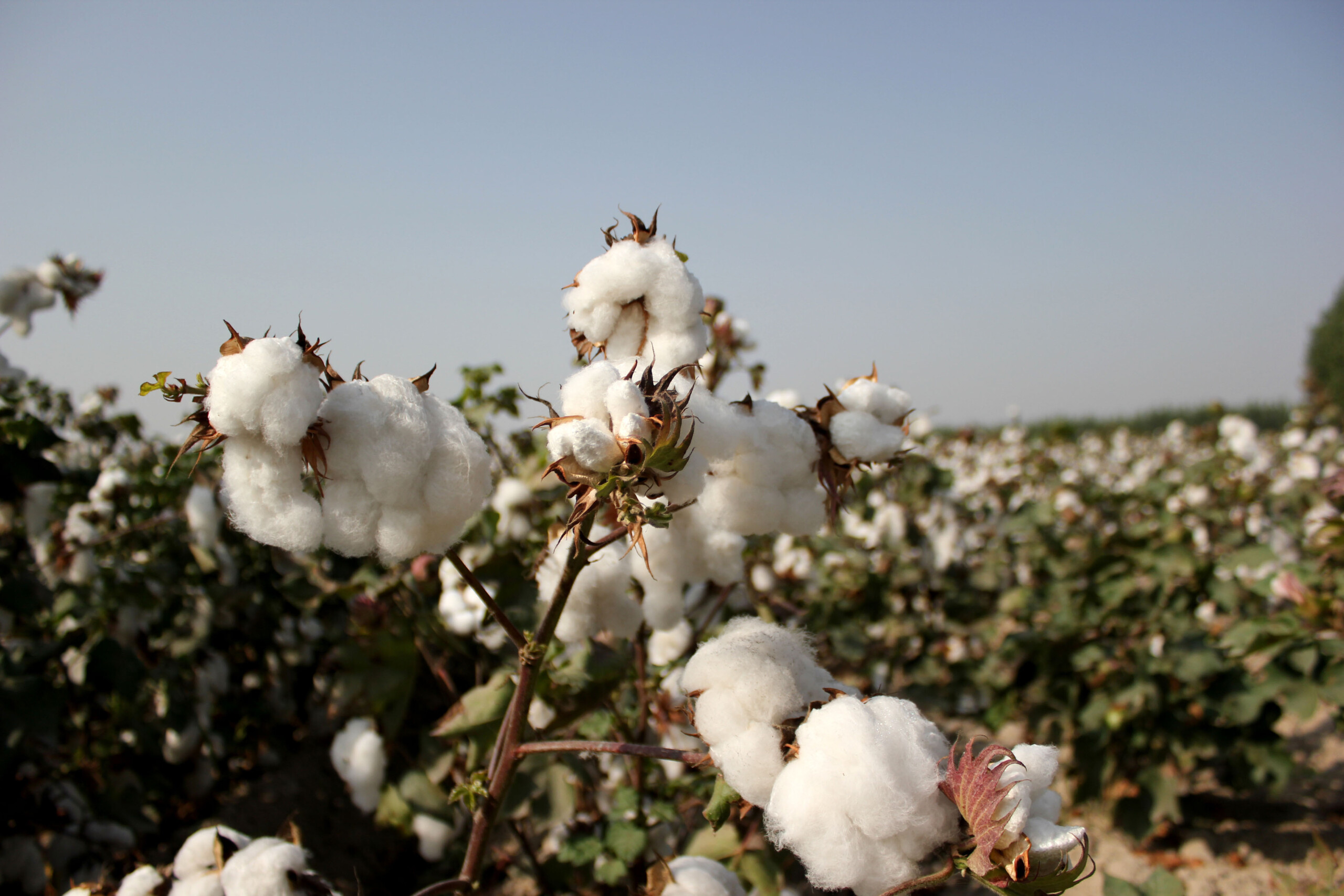
In 2010, the UGA cotton agronomists implemented this variety testing program. Our industry partners were asked to provide their most well-suited varieties for Georgia. Historically, the varieties evaluated in this trial have accounted for nearly 75% of the planted acreage in Georgia in the same year. These varieties were planted in replicated trials in growers’ fields throughout cotton-producing regions of Georgia, through coordination with the county Extension agents. The trials were managed and replicated by the grower with the assistance of the coordinating county agent to achieve realistic and statistically sound results.
R. Anthony Black, Wade B. Parker, Eric Elsner, Scott Rogers, and Camp Hand
|
-

Best Management Practices (BMPs) can be described as management and/or structural practices that are designed to reduce pollutants and erosion while increasing the quality of all life. The BMP concept deals specifically with nonpoint source pollution, such as runoff from agricultural fields, forest areas or urban areas. BMPs are also voluntary in nature. Individual practices and applications can vary widely from field to field. Best management practices are typically used in agricultural areas, and forest and urban settings.
Gary L. Hawkins and Rebekah Danielle Wallace
|
-
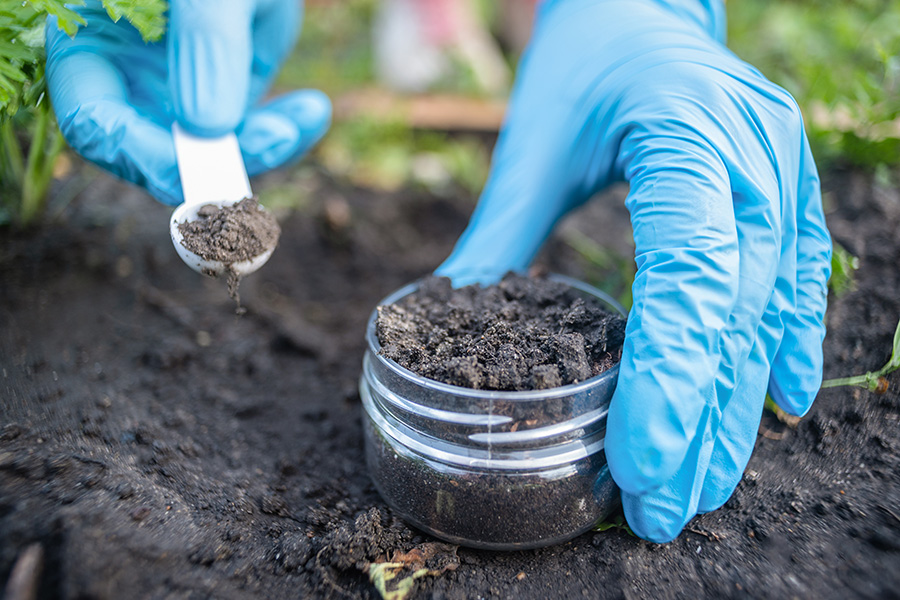
Developing and maintaining productive soils begin with soil testing. Soils tests provide information on the soil’s actual nutrient status. Test results are used to determine the amount and kind of nutrients that should be added for the best growth of lawn, garden, and other types of plants.
Jason Lessl
|
-
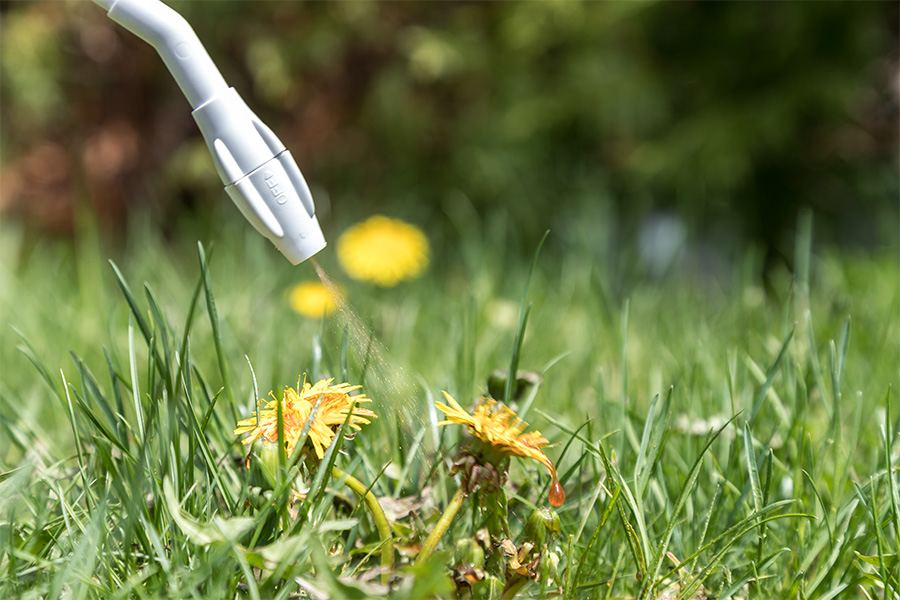
Weeds can be major pests of home lawns. Due to differences in color, leaf size, shape and growth habit, weeds detract from the natural beauty of desirable turfgrasses. Additionally, weeds compete with turfgrasses for sunlight, soil moisture, nutrients and space. Many weeds can quickly become the dominant species in a lawn. This publication contains comprehensive information about weed control in home lawns.
Clint Waltz and Patrick E McCullough
|
-

B 1490
Vineyard Frost Protection
The vineyard industry is growing across Georgia and across the Eastern United States. Frost is a perennial threat in these regions, and reducing frost risk can save approximately $48,000 per acre in return revenues. Since many growers new to the industry will be planting vineyards, it is important that they are aware of the risk of frost and ways to avoid it. This bulletin also serves as a good reference for current industry members who are unaware of the risk of frost or who want more information on how to manage its risk. This publication covers all aspects of vineyard frost protection, including weather patterns that cause frost/freeze damage, as well as passive and active methods that can be employed to reduce frost risk.
Pam Knox, Sarah Lowder, and Erick Smith
|
-
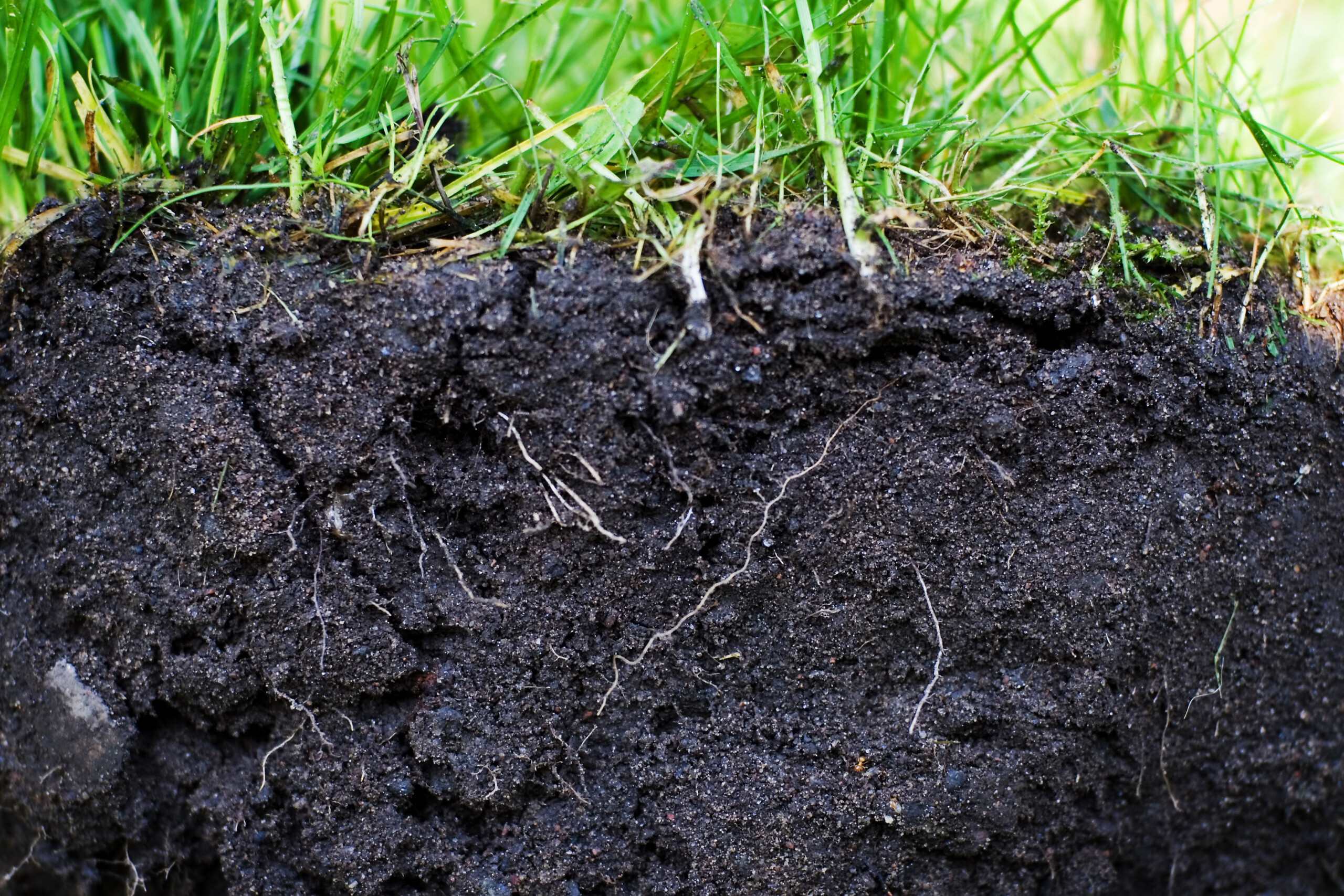
C 1299
Soil Organic Matter
Soil organic matter (SOM) is a complex mixture of plant and animal tissues, and plays an important role in the physical, chemical, and biological processes in the soil. This publication describes how SOM contributes to overall soil fertility, factors controlling SOM abundance, and what cultivation practices growers can use to increase SOM in their soils.
Miguel L. Cabrera, Daniel L. Jackson, Jason Lessl, and Josh Fuder
|
-
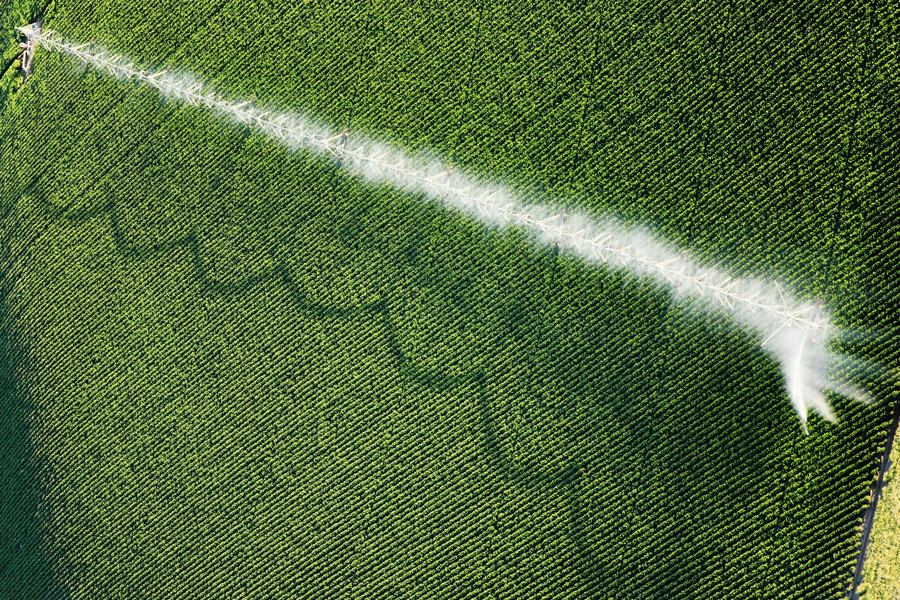
This publication was developed to provide farmers applying animal wastewater with step-by-step instructions to calibrate their center pivot irrigation systems. Within each step, the publication provides reasoning for that step and any equations to calculate the needed values. Along with instructions, the publication also provides a fillable table to collect data and charts to help determine application rates.
Gary L. Hawkins, Stephanie Hollifield, and Wesley Porter
|
-
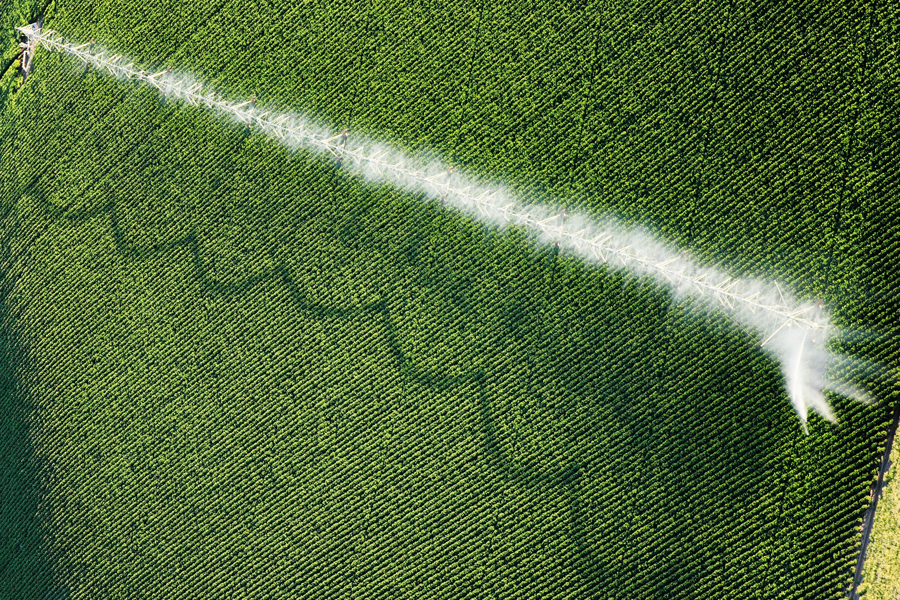
This publication is intended to be used by those familiar with calibrating a center pivot system. The circular lists the steps, calculations, and charts needed to calibrate a center pivot irrigation system pumping wastewater, without explanations of the process itself. The PDF version contains worksheets and formulas.
The step-by-step calibration procedure includes determining: the wetted diameter of your nozzle or sprinkler; spacing between collection cups; the number of cups needed to collect wastewater from all sprinklers/nozzles. Next, place collection cups in a row, equally spaced in the direction of travel, mark the starting point and then operate the pivot normally and mark the end point. Measure the time taken for the system to pass over all cups. Measure between the start and end points to determine the travel distance. Immediately record the volumes or depths of water in each collection cup and use this to calculate the average application depth (in inches, centimeters, or millimeters). Next, determine your “usable” cups and effective diameter of pivot, and then recalculate the average application depth for the “usable” collection cups. Calculate the reference travel speed and the deviation depth for each “usable” collection cup. Next, determine the average deviation depth, calculate the application uniformity and determine the calibration results.
Gary L. Hawkins, Stephanie Hollifield, and Wesley Porter
|